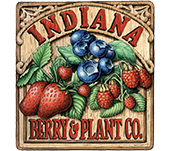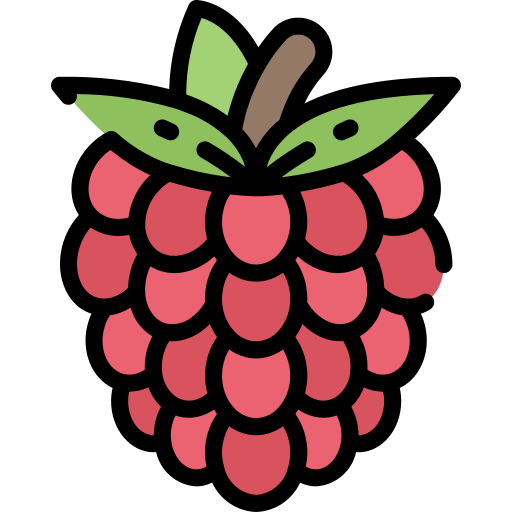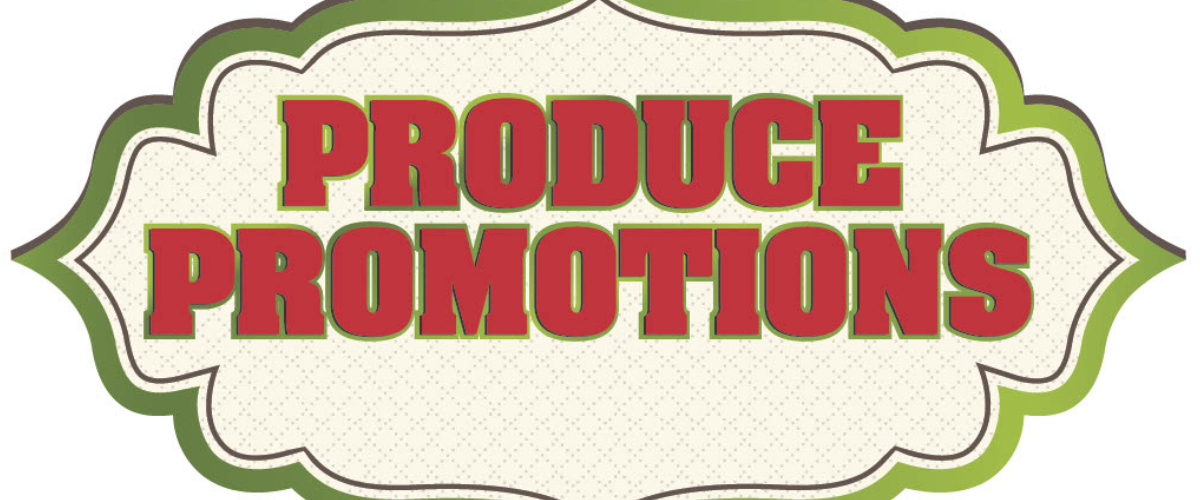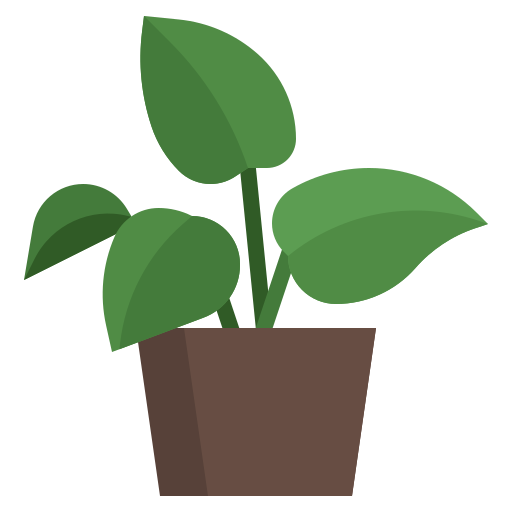| Quantity | Price |
| 1-24 | $7.25 |
| 25-99 | $6.00 |
| 100 | $3.85 |
The fruit of this high yielding everbearing yellow raspberry is very large, super sweet and somewhat firmer than Fall Gold. Canes are semi-erect and the plant shows good disease resistance. Ripens at the same time as Heritage. Fruit is especially sweet in cooler temperatures. More heat tolerant than Fall Gold.





